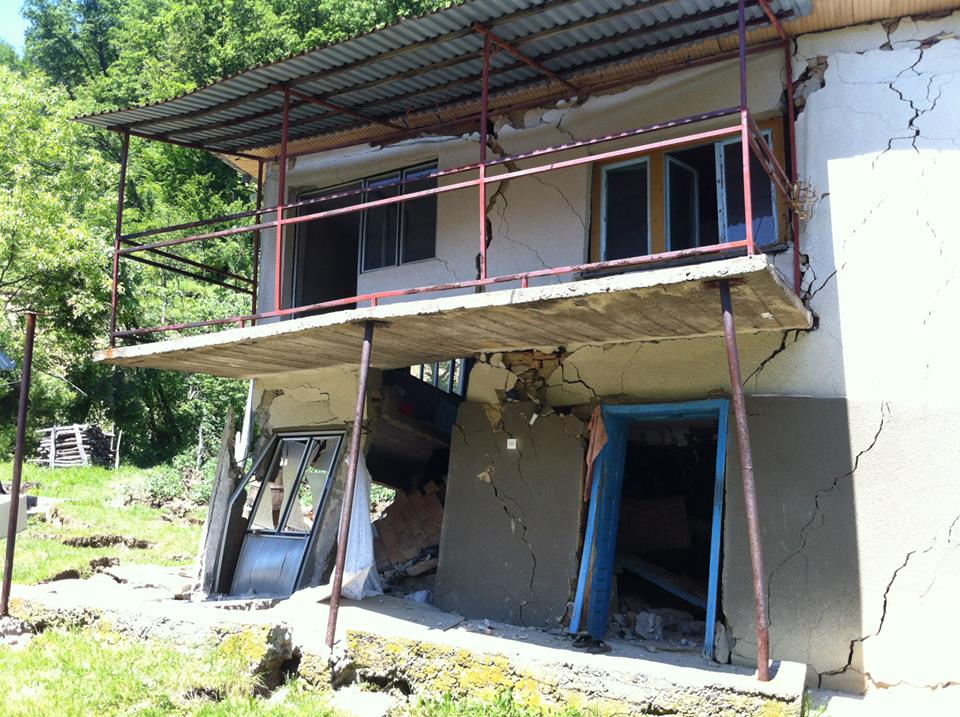This is the way climate finance is helping keep Bosnia and Herzegovina in shape
The main goal is improving national co-ordination for planning in multiple sectors – enhancing climate action at the national and local levels. According to the European Environment Agency, annual flood losses in the country are expected to increase five-fold by 2050.
I
n 47 developing countries, across four regions, and with the support of 14 partners, National Adaptation Plans (NAPs) are promoting ambitious climate action across the world. These NAPs also help countries meet their commitments under the Paris Agreement, and achieve the Sustainable Development Goals.
A core part of the NAPs is working to integrate climate change adaptation into medium and long-term national planning and financing.
In the case of Bosnia and Herzegovina (BiH), with its unique decentralised political and administrative structure, implementing national policies can be complex. This means that the NAP BiH project has a strong focus on municipal-level financing and bottom-up programming.

Damage done after floods in 2014. Photo by Dalibor Platenik/Wikimedia
The main goal is improving national co-ordination mechanisms for planning in multiple sectors – enhancing climate action at the national and sub-national levels. At the same time, the project is helping to develop a financing framework at the municipal level, including identifying financing solutions.
In selected municipalities, the project is exploring potential climate finance for future investments and figuring out possibilities for incentivising the private sector to take climate action.
Developing municipal assistance tools for adaptation planning and financing in order to design ‘bankable’ adaptation interventions will help secure financing for climate change adaptation action for medium- to long-term planning.
View Full Photo Essay https://undp-adaptation.exposure.co/managing-risk
The ideas presented in this article aim to inspire adaptation action – they are the views of the author and do not necessarily reflect those of the Global Center on Adaptation.